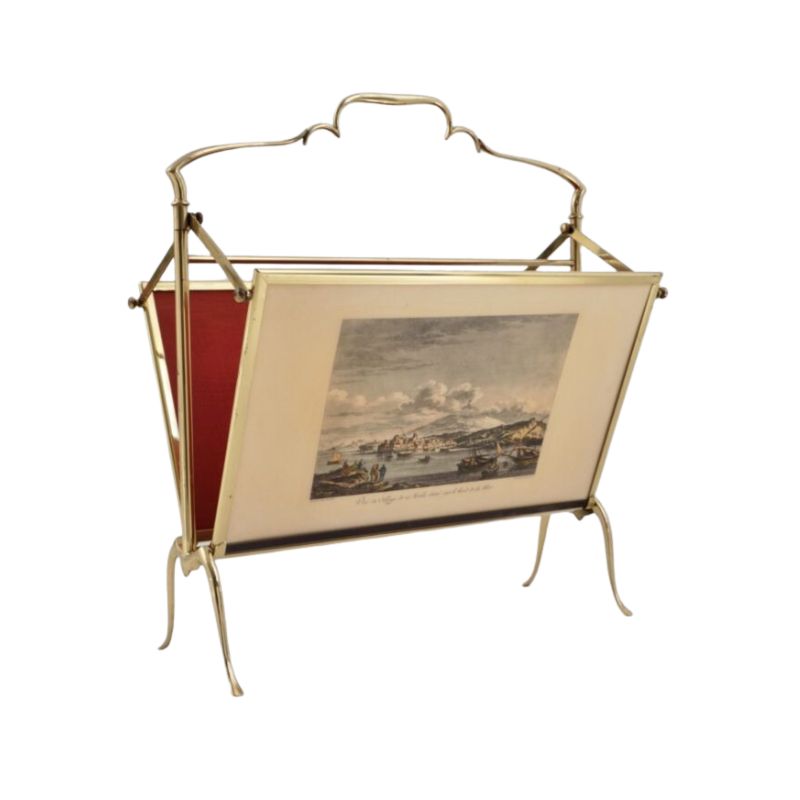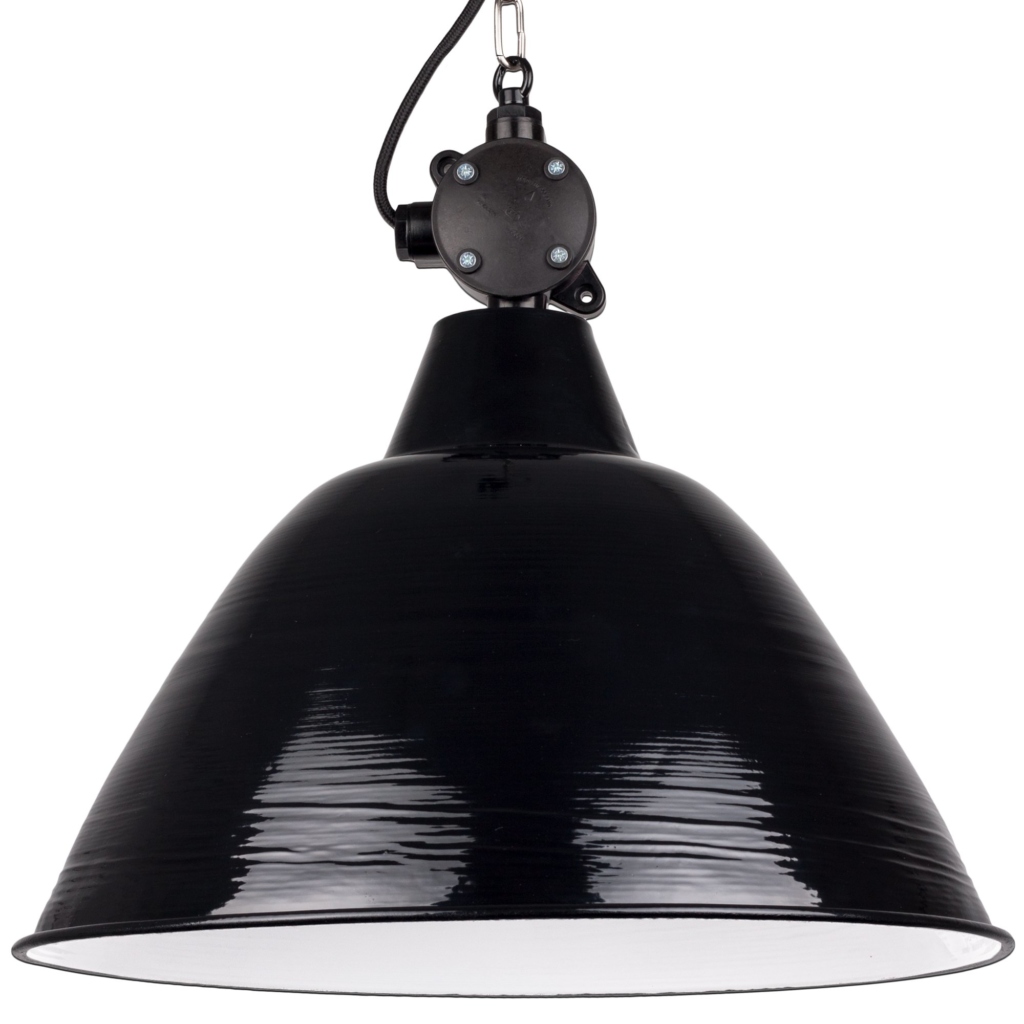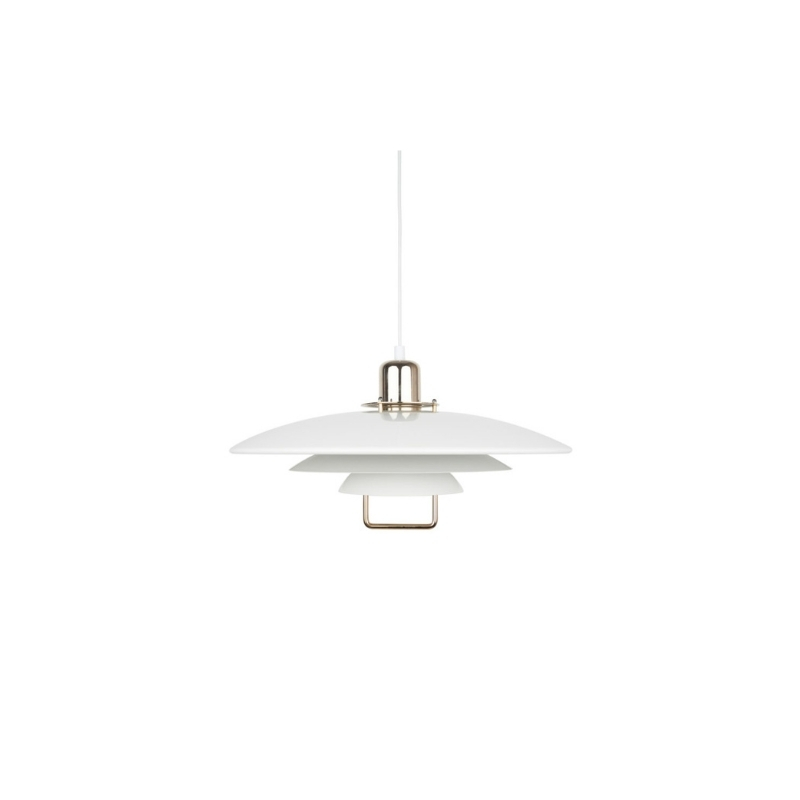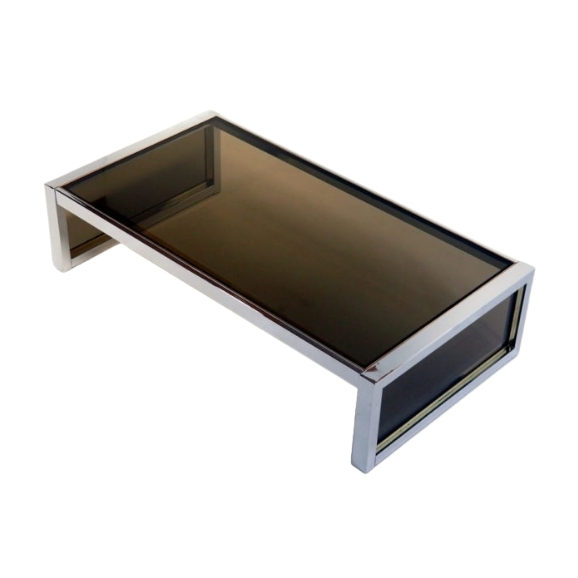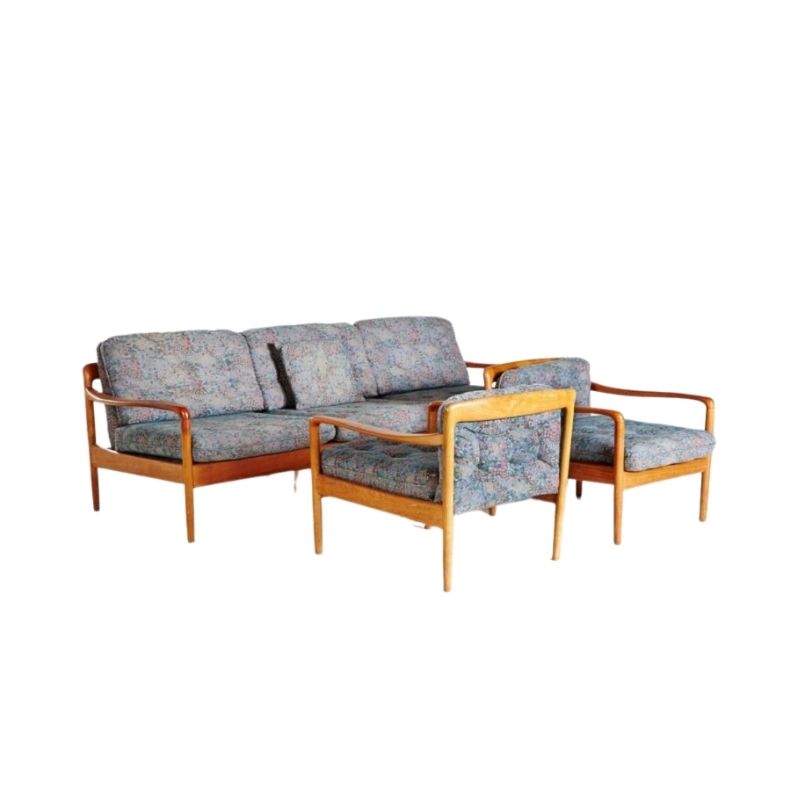I hate to seem pedantic, but...
I hate to seem pedantic, but yes, most home decor does indeed fall under durable goods. Don't take my word for it. According to Wikipedia:
Durable goods are typically characterized by long interpurchase times--the time between two successive purchases. Examples of durable goods include cars, appliances, business equipment, electronic equipment, home furnishings and fixtures, houseware and accessories, photographic equipment, recreational goods, sporting goods, toys and games.
This sounds right to me.
That said, I think modern day appliances, with their built in obsolescence, are just barely considerable as durable goods. Your scented candle might outlast your I-Pod.
By the way, all are considered consumer goods.
To get back to the topic
Olive:....I've tried several times to get a good thread going on sustainability, renewable energy and eco-conscious design....by and large most of you sit these threads out....
For once I disagree with Olive. Although I hardly participate in the search for shock mounts and in spite of being incapable of making literature out of a drift store visit, ( I can't make literature of anything) I always thought that the neo-modernist part of DA was an invironmental mouvement. I am not writing this down pushing my tongue in my left sheek. To value furniture and other related products from half a century ago, to restore them as well as adding value by building a "narrative" is probably one of the finest aspects of our battle against waste. In this thread, as in other publications it has been pointed out that obsolescence is often build in by manufacturers and yet, dumps are filled with products in full working order. Most of the computers that are taken out of service are working very well. Apparently this is also the case with refrigerators, stoves and washing/drying machines. What they failed to do is not to be durable mechanically or electronically but their value for us as users declined because of a lack of emotional bound. A large part of the DA threads is about restaure the emotional value of products that have declined or keep up the value that could decline or normally would have declined. Although it is not identified as "green" or "environmental" and does not pretend to be, it actually is one of the most promessing directions in reducing our famous foot print. Waste is a much larger problem than energy consumption because it consumed so much energy to be first extracted as a raw material, so much to be upgraded into useful materials, so much to be transformed into a product, so much to bring workers of all kinds to the places were that manufacturing takes place, so much to be distributed from manufacturing to retail and finally in being trucked away and shipped to China for recycling...all of this for a short and shortened lifespan. Recycling which should be encouraged, only makes sense if it is combined with maximum durability. As has been pointed out many times most re-cycling is down cycling, paper fibers get shorter each time, macro-molecular structures of plastics show fatique, metals become more difficult to refine to the proper grade etc.
cont.
Most of this is true, but...if that plastic product lasts (functionally and emotionally) for a few decades there is chemically nothing wrong with mixing it with some virgin material four decades from now. In fact four decades from now we most likely have technology to restore the material's original characteristics. Do not get me wrong, I have nothing against all other efforts to reduce our burden on the environment, especially not when they come in ten points. But it seemed appropriate to make a distinction between what is identified as "green" and what is as effective but...not identified as "green". In spite of most knowledge people telling me not to waste my time on "Cradle to cradle" I am half way...oh yes, and it is a painfull journey because not only do we have "green" that is not identified as such we also have counter productive efforts that are identified as "green". Anyway, I guess that's another thread.
I don't actually think we disagree, Koen.
My principals in life long before changing careers was always ones of conservancy. I was taught as a kid to buy the best I can afford and expect to use it for years or perhaps a lifetime. I think many of us here on DA agree with that thought. And certainly the love of 'old' furniture and design objects and the restoration of such is a form of conservancy.
I actually hate the term 'green' and it's very insidious evil twin 'green-washing'. Many products are being labelled 'green' --and therefore good for the environment-- when they aren't. Many product make claims they can't keep. And to that we can only say 'caveat emptor'.
However, your point of rejuventation and reuse is certainly one of the absolutely most important components of this entire process. If we take less from the environment in order to live then there will be more of an environment left for the future. We take too much from the earth and we put too much that is damaging back into it. We need to drastically review that cycle and improve the ratios!
I'd also hate to think that my list of the Top 10 is any kind of a manifesto or in any way complete. It most certainly isn't. It's a list of 10 things one can do with little to no money that can have an additive positive effect without altering one's lifestyle in any significant way. My company sells a book that has a list of 250 ways. I wouldn't consider that one complete either. In fact, it's a blessing in disguise that the list is so long. That way everyone can find 10 or 50 things they can do that fits into their lives, to make an incremental impact no matter how small. The point is DO SOMETHING! Anything!
If you are a designer think about the ways to reuse materials, think about packaging, think about lifecycle think about giant landfills.
If you are a homeowner think about energy efficiency in your home. Think about living with less stuff, think about buying from your local farms. Do you really need imported berries from the otherside of the planet on your cerieal in the morning.
If you collect and restore vintage anything...go for it! Do more of it and convince your friends to join you. As long as you can make genuine use of what you acquire...and yes... beauty is a legitimate function... I agree with Charles Eames on that one!
If you are a materials scientist such as Koen was in the plastics world for years...maybe you can help us all and find ways to mine our existing waste stream and reuse it in ways that it's not been done before. Stuff like denim insulation and recycled concrete come to mind.
Just do something... consciously, conscienitously and consitently...
.
Koens point about emotional attachment keeping goods out of landfill is a good one but designers need more than one strategy to do this.
An object could be sold with a high enough price to make the owner very reticent about throwing its out, this only works at the top of the food chain and works pretty well with Georg Jensen, Kosta Boda, Knoll, etc etc etc we all know the names.
Customised finishes or additions to products might encourage the buyer to keep it becuase it is more 'theirs' rather than just another one of several thousand identical products.
Make it art (or make it art in the mind of the buyer) Marc Newsons 'Bucky' chairs come to mind, no ones going to chuck out a sculpture.
Avoid anything with a hint of faddishness, if an object is low or midway in the hierachy finishing it in the colour of the season isn't such a good idea.
Make it a 'happening' Barber Osgerbys Flight stool comes to mind, if any sort of collaboration can infrom an object with more intellectual or at least conversational content so much the better. Limited editions, even if its a limited edition of 5 thousand makes people feel they have something a little special, Savoy vases, Droog designs...
Appeal to peoples better nature, if an object is high enough in quality a small pamphlet encouraging the idea of investment might help.
Humanise it it, ie, a bowl with the designers name on the box or giving the product an appropraite name...
Appeal to patriotism, or at least a sense of a persons own society, I own 2 wool jacktes that are really good anyway but both have labels stating that they were made in Australia with union labour.
But as we all know manufactureres of less desirable goods won't want to do any of these things, the bastards.
So far
so good. The point about making new products that will live longer as emotionally-satisfying objects is so interesting. I suppose that can be looked at from both a functional and an aesthetic perspective. And that means we have to discover what it is that will likely survive the notoriously fickle consumer's tastes and fantasies, doesn't it.
Something written above put me in mind of a question I've had: to what extent is our economy based on the sales and consumption of a given volume of manufactured goods, regardless of their necessity ? If we made fewer and better goods, would the reduced volume, despite a partial offset in higher unit prices, mean that jobs would be lost or that other economic realities would cause the society as a whole to suffer ?
I have the disadvantage of almost complete ignorance about the economy (as it is called). Can anybody help me here ? Are we fated to continue to make things that no one in their right mind would buy -- that serve no useful purpose beyond irrational vanity or some hyped pseudo-function -- but which sell in satisfying quantities anyway ? Are we really dependent upon such business ? I am in the dark about this.
Your last remark Heath is...
...actually a hopefull one because if the manufacturers that care and take a wider responsability than to produce the most for the least follow your previous suggestions the difference between them and the others will become more and more clear and that first level of democracy, which is to vote with the choices you make every day, will kick in. It is one of the reasons why I am always reluctant to support the argument that one should buy from the so called "license holder" or the so called "original". The reason behind buying from Herman Miller should not be the result of a game with intellectual property legislation, but a result of wanting to support a company that does as much as possible "right". To buy within your own community...even as large as the U.S. is "fair trade" and in my humble opinion it should be labeled like that.
What it also means...and I do not do it enough either...that we should tell more of the story of the product. The brands you listed mean something to us because we know the or a story behaind that name. I do not think that pricing is the only way. New technology like the net allows you to speak directly to your user audience, to tell the story that motivated you in doing this product, to tell your own story (the other day I saw one of the Atelier Orange lemon squeezers go on auction for 3 times the retail value. I appproached the lady afterwards and mentioned this to her. She answered with a smile that to her it had this value because she knew me....).
If silly water-with something-bottles can reach the attention of the DA blog with a unfounded story about a second use (similar to" "how do you cut a swan out of an old tire"...for dummys) it is obvious that "the children of darkness are smarter than..."sorry I was not going to quote the bible.
I agree Olive, it is better to have 250 + points to choose from, I I am sure we agree on most of them, but this was an opportunity to draw attention to the value of designing outside of short lived fashions, taking care, restoring, collecting and anyting else that lenghten the lifetime of an object.
.
I'm ignorant about the economy too!
I keep reading Koens 'restauring' (restoring) as restaturing, an accident perhaps but it does make me think about re-staturing as an idea, Dixon tried to do it with those old artek bits in the second life project.
I thought it was a bit of a gimmick.
SDR, How do we transcend fashion then? I think its difficult but looking at the designs 'classics' (hate that term) I can see a few options.
Designing with simple + primary geometry (mies tube semi-circular canitilever chairs)
Designing with tradition in mind (Klint et al re-workings of English and Shaker designs)
Using classical proprtions, 1:1.618, 1:4:9 etc
Be very careful with colour + pattern.
Any other suggestions?
I am not very strong in economics either SDR
But...part of it is obvious. Most of our economic worth has been translated in commercial value. In other words a house is not the sum of a number of costs related to materials, energy and labor and a fair compensation of the risk taken by the initiator of the building project, it is the anticipated capacity of the owner of the house to pay for an ever increasing commercial value. Most stock on the stock exchange does not reflect in any way the value of what the company owns in order to manufacture their products or render their services, but on their anticipated revenue on what they will be able to do in the future. Since we turned economic value into a commodity we have been loading our anticipations and are now so dependent on them that the future has to be a growing future. In doing so we have also changed the balance of our assets versus our collective debt. When fifty years ago...you remember that...society left to the following generation assets like a road network, public libraries, schools, harbors and airports etc. they were really worth something and an equivalent gouvernment debt was just a way of dividing the costs over the different generations that would use it. Now fifty years later the operation or maintenance costs of these assets go way, way beyond the cost of building them. In other words the equivalent debt is not couvered with an asset, at least not to the same extend...yet another charge on future income and another argument for inevitable growth...one day we will have to come to grips with it...or come to our senses...
Sorry Heath for treating the english language so badly...my gray cells have been recycled so often that they need both restauration and restoration...thanks for pointing me in the right direction
...well, I tried to
make the most optimistic picture possible...
The reality is that the owner of the house has used the anticipated value as co-lateral for more frivolous consumption and the gouvernment debt is not in aging schools, road networks and the likes but in war efforts....but you should be asleep there in Australia...so...this is just another dream.
Dear glassartist...and collegue
I appreciate your interest in my opinion on this, but as mentioned I am only half way. I will gladly come back on this and hopefully also hear your findings, but I prefer to have gone all the way to the end.
What makes it difficult for me to read are the numerous mistakes and inconsistencies. What makes it difficult for me to read is the propaganda-like language and the exemples chosen in function of a particular argument instead of being the basis for analysis and logical deduction...and analogies are not a bad pedagogical tool, but they should be chosen because they are relevant....anyway, I promise I will get back to you on this.
Goodness.
Well, we are getting somewhere, anyway. The truth is worth a certain amount of pain (as opposed to some pretty fantasy)-- as I just wrote elsewhere, on a different topic altogether. Will we someday regret the path that our forebears set out on, to wrench every penny from an anticipated profit ? (There are those who argue, I think, that the trouble began when money was allowed to grow by itself, in the form of interest.)
Heath, I can agree that some "universals" of form seem likely to produce desirable design. Too bad Mies's example, in the chair you mention, turned out to be so ungainly and, I suspect, even awkward to use ! But the principle is surely sound, nevertheless. . .
If you need any help, please contact us at – info@designaddict.com





